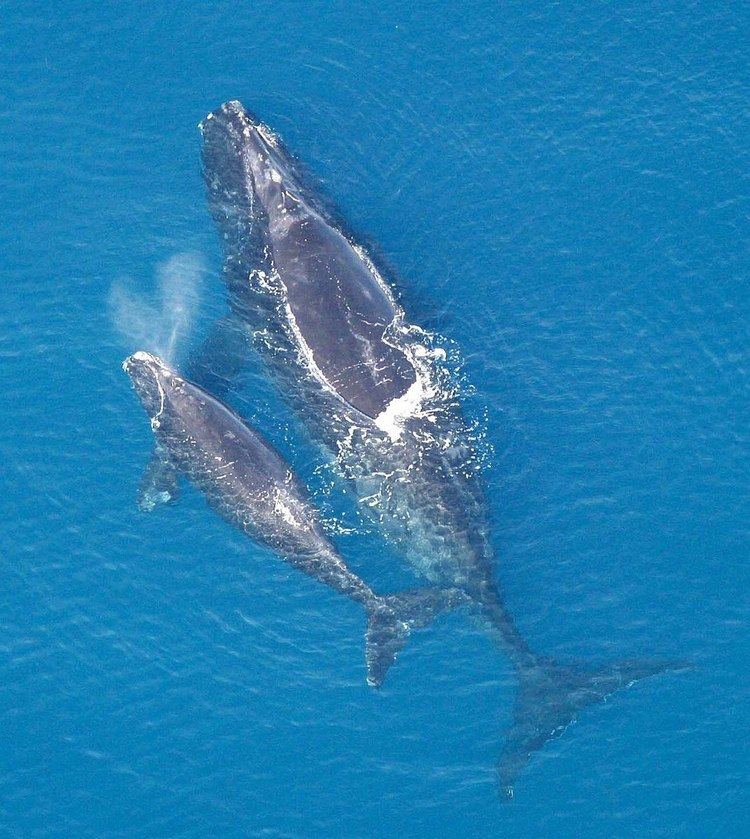This is a list of the mammal species recorded in Western Sahara. These are the mammal species in Western Sahara, of which 3 are critically endangered, 1 is endangered, 5 are vulnerable, and 1 is near-threatened. 1 of the species listed for Western Sahara can no longer be found in the wild.
The following tags are used to highlight each species' conservation status as assessed by the IUCN:
Some species were assessed using an earlier set of criteria. Species assessed using this system have the following instead of Near Threatened and Least Concern categories:
Rodents make up the largest order of mammals, with over 40 percent of mammalian species. They have two incisors in the upper and lower jaw which grow continually and must be keep short by gnawing. Most rodents are small though the capybara can weigh up to 45 kg (100 lb).
Suborder: Sciurognathi
Family: Sciuridae (squirrels)
Subfamily: Xerinae
Tribe: Xerini
Genus: Atlantoxerus
Barbary ground squirrel Atlantoxerus getulus LC
Family: Muridae (mice, rats, voles, gerbils, hamsters, etc.)
Subfamily: Deomyinae
Genus: Acomys
Western Saharan spiny mouse Acomys airensis LC
Chudeau's spiny mouse Acomys chudeaui LC
Subfamily: Gerbillinae
Genus: Dipodillus
North African gerbil Dipodillus campestris LC
Genus: Gerbillus
Lesser gerbil Gerbillus gerbillus LC
Pygmy gerbil Gerbillus henleyi LC
Genus: Meriones
Libyan jird Meriones libycus LC
Genus: Pachyuromys
Fat-tailed gerbil Pachyuromys duprasi LC
The lagomorphs comprise two families, Leporidae (hares and rabbits), and Ochotonidae (pikas). Though they can resemble rodents, and were classified as a superfamily in that order until the early 20th century, they have since been considered a separate order. They differ from rodents in a number of physical characteristics, such as having four incisors in the upper jaw rather than two.
Family: Leporidae (rabbits, hares)
Genus: Lepus
Cape hare Lepus capensis LR/lc
The order Erinaceomorpha contains a single family, Erinaceidae, which comprise the hedgehogs and gymnures. The hedgehogs are easily recognised by their spines while gymnures look more like large rats.
Family: Erinaceidae (hedgehogs)
Subfamily: Erinaceinae
Genus: Hemiechinus
Desert hedgehog Hemiechinus aethiopicus LR/lc
The "shrew-forms" are insectivorous mammals. The shrews and solenodons closely resemble mice while the moles are stout-bodied burrowers.
Family: Soricidae (shrews)
Subfamily: Crocidurinae
Genus: Crocidura
Mauritanian shrew Crocidura lusitania LC
Saharan shrew Crocidura tarfayensis DD
Whitaker's shrew Crocidura whitakeri LC
The bats' most distinguishing feature is that their forelimbs are developed as wings, making them the only mammals in the world naturally capable of flight. Bat species account for about 20% of all mammals.
Family: Rhinopomatidae
Genus: Rhinopoma
Lesser mouse-tailed bat Rhinopoma hardwickei LC
Greater mouse-tailed bat Rhinopoma microphyllum LC
The order Cetacea includes whales, dolphins and porpoises. They are the mammals most fully adapted to aquatic life with a spindle-shaped nearly hairless body, protected by a thick layer of blubber, and forelimbs and tail modified to provide propulsion underwater.
Suborder: Mysticeti
Family: Balaenidae (right whales)
Genus: Eubalaena
North Atlantic right whale Eubalaena glacialis CR (Seen historically)
Family: Eschrichtiidae
Genus: Eschrichtius
Atlantic gray whale Eschrichtius robustus EX
Family: Balaenopteridae (rorquals)
Genus: Balaenoptera
Northern minke whale Balaenoptera acutorostrata LC
Sei whale Balaenoptera borealis EN
Bryde's whale Balaenoptera edeni DD
Blue whale Balaenoptera musculus EN
Fin whale Balaenoptera physalus EN
Genus: Megaptera
Humpback whale Megaptera novaengliae LC
Suborder: Odontoceti
Family: Delphinidae (pilot whales and dolphins)
Genus: Delphinus
Short-beaked common dolphin Delphinus delphis LC
Genus: Globicephala
Short-finned pilot whale Globicephala macrorhynchus DD
Long-finned pilot whale Globicephala melas DD
Genus: Grampus
Risso's dolphin Grampus griseus LC
Genus: Lagenodelphis
Fraser's dolphin Lagenodelphis hosei LC
Genus: Orcinus
Orca Orcinus orca DD
Genus: Pseudorca
False killer whale Pseudorca crassidens DD
Genus: Feresa
Pygmy killer whale Feresa attenuata DD
Genus: Stenella
Striped dolphin Stenella coeruleoalba LC
Atlantic spotted dolphin Stenella frontalis DD
Genus: Steno
Rough-toothed dolphin Steno bredanensis LC
Genus: Tursiops
Common bottlenose dolphin Tursiops truncatus LC
Family: Kogiidae (small sperm whales)
Genus: Kogia
Pygmy sperm whale Kogia breviceps DD
Dwarf sperm whale Kogia sima DD
Family: Phocoenidae (porpoises)
Genus: Phocoena
Harbour porpoise Phocoena phocoena LC
Family: Physeteridae (sperm whales)
Genus: Physeter
Sperm Whale Physeter macrocephalus VU
Family: Ziphiidae (beaked whales)
Genus: Hyperoodon
Genus: Peponocephala
Melon-headed whale Peponocephala electra DD**** Northern bottlenose whale Hyperoodon ampullatus LC
Genus: Mesoplodon
Sowerby's beaked whale Mesoplodon bidens VU
Blainville's beaked whale Mesoplodon densirostris DD
Gervais' beaked whale Mesoplodon europaeus DD
True's beaked whale Mesoplodon mirus DD
Genus: Ziphius
Cuvier's beaked whale Ziphius cavirostris DD
There are over 260 species of carnivorans, the majority of which feed primarily on meat. They have a characteristic skull shape and dentition.
Suborder: Feliformia
Family: Felidae (cats)
Subfamily: Felinae
Genus: Acinonyx
Northwest African cheetah Acinonyx jubatus hecki VU
Genus: Felis
Saharan sand cat Felis margarita margarita NT
African wildcat Felis silvestris lybica LC
Subfamily: Pantherinae
Genus: Panthera
Barbary lion Panthera leo leo VU
Family: Hyaenidae (hyaenas)
Genus: Hyaena
Striped hyena Hyaena hyaena LR/nt
Suborder: Caniformia
Family: Canidae (dogs, foxes)
Genus: Canis
Egyptian wolf Canis anthus lupaster NE
Family: Mustelidae (mustelids)
Genus: Ictonyx
Saharan striped polecat Ictonyx libyca LR/lc
Genus: Mellivora
Ratel Mellivora capensis LR/lc
Suborder: Pinnipedia
Family: Phocidae(earless seals)
Genus: Monachus
Mediterranean monk seal Monachus monachus CR (Facing Near-Extinction)
The even-toed ungulates are ungulates whose weight is borne about equally by the third and fourth toes, rather than mostly or entirely by the third as in perissodactyls. There are about 220 artiodactyl species, including many that are of great economic importance to humans.
Family: Bovidae (cattle, antelope, sheep, goats)
Subfamily: Antilopinae
Genus: Gazella
Cuvier's gazelle Gazella cuvieri EN
Dama gazelle Gazella dama CR
Dorcas gazelle Gazella dorcas VU
Subfamily: Caprinae
Genus: Ammotragus
Barbary sheep Ammotragus lervia VU
Subfamily: Hippotraginae
Genus: Addax
Addax Addax nasomaculatus CR
Genus: Oryx
Scimitar oryx Oryx dammah EW

